What is Deaf culture?
Deaf History in America
Deaf history in America encompasses a vast array of experiences and contributions by Deaf individuals. In this lesson, we explore:
- The invention of the telephone by Alexander Graham Bell and his support of the eugenics movement.
- The unique Deaf community on Martha’s Vineyard.
- The establishment of the first school for the Deaf in America.
- The formation of Gallaudet University.
- Laws and regulations that have impacted Deaf education.
- Important organizations that promote the rights and interests of the Deaf community.
Although not inclusive of all attributes of Deaf history in America, this timeline shows a few significant events in Deaf history.
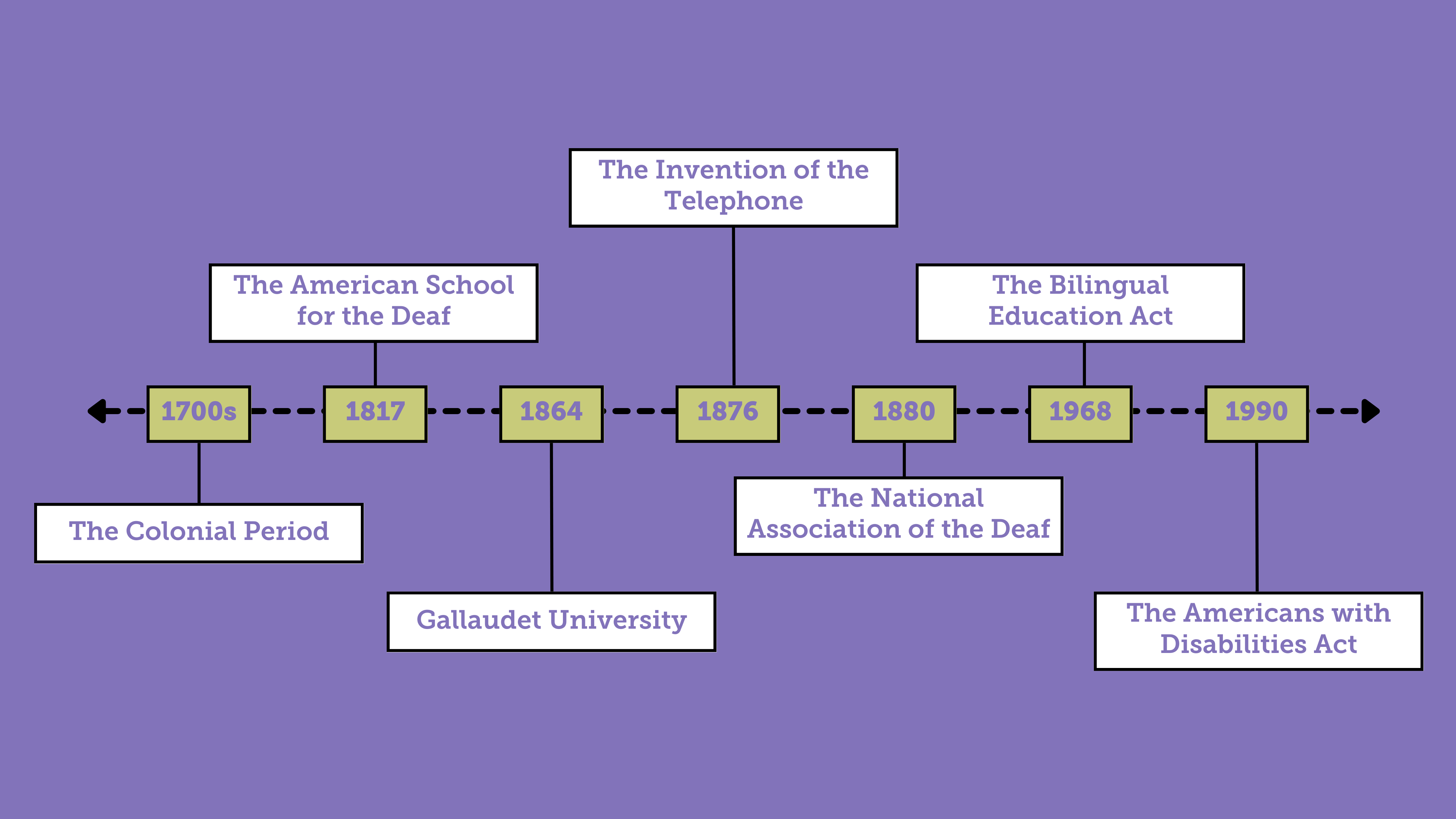
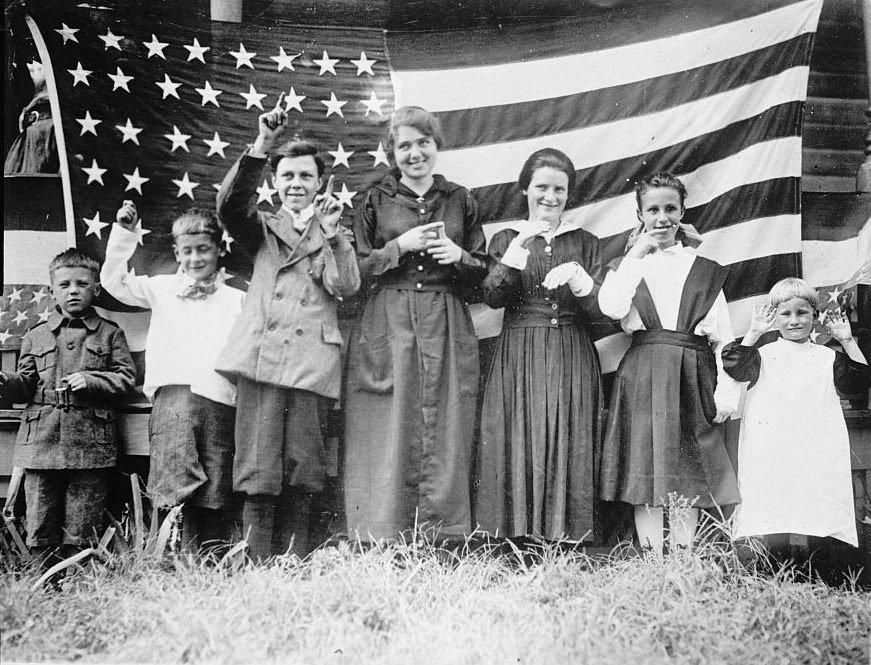
During the colonial period, there were few educational opportunities for Deaf individuals in America. However, a small deaf community formed in Martha’s Vineyard, where a hereditary form of hearing loss allowed a unique sign language to develop and flourish.

The American School for the Deaf, the first school for the Deaf in America, opened in Hartford, Connecticut. It was founded by Thomas Hopkins Gallaudet and Laurent Clerc, a Deaf educator from France.

The first federal legislation regarding Deaf education, the Gallaudet University Charter, was signed into law by President Abraham Lincoln. The charter provided for the establishment of a university for the Deaf, which would become Gallaudet University.
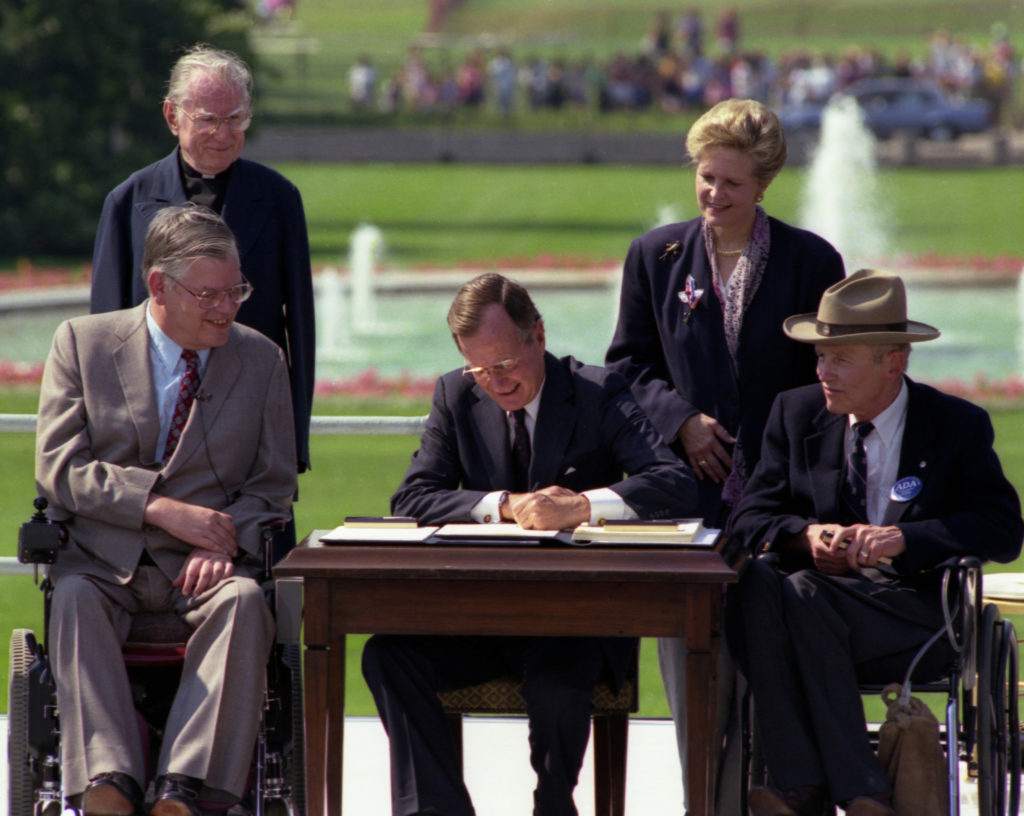
The Americans with Disabilities Act (ADA) was passed, which prohibited discrimination against individuals with disabilities, including Deaf individuals. This law helped to ensure equal access to education and employment for Deaf individuals.
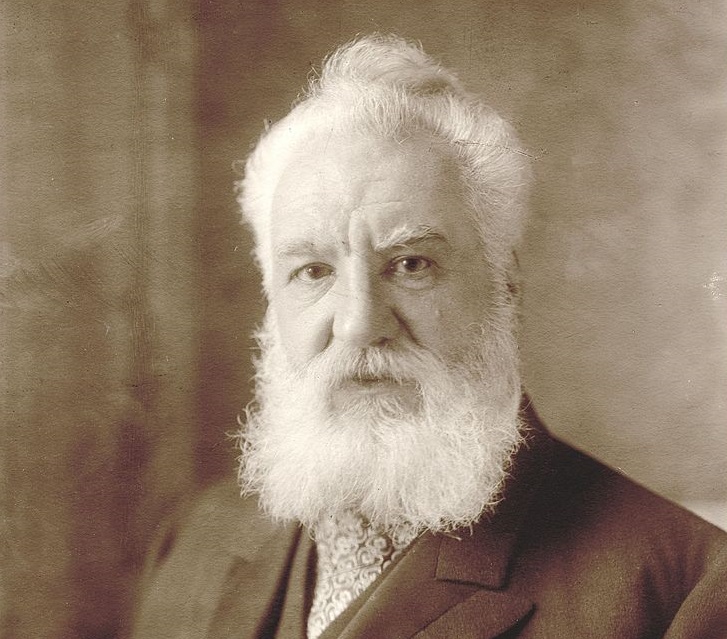
Alexander Graham Bell was originally seeking a way to improve communication between his wife and mother, but inadvertently invented the telephone, a device that ironically excluded Deaf individuals from having equal access to phone communication until recently.
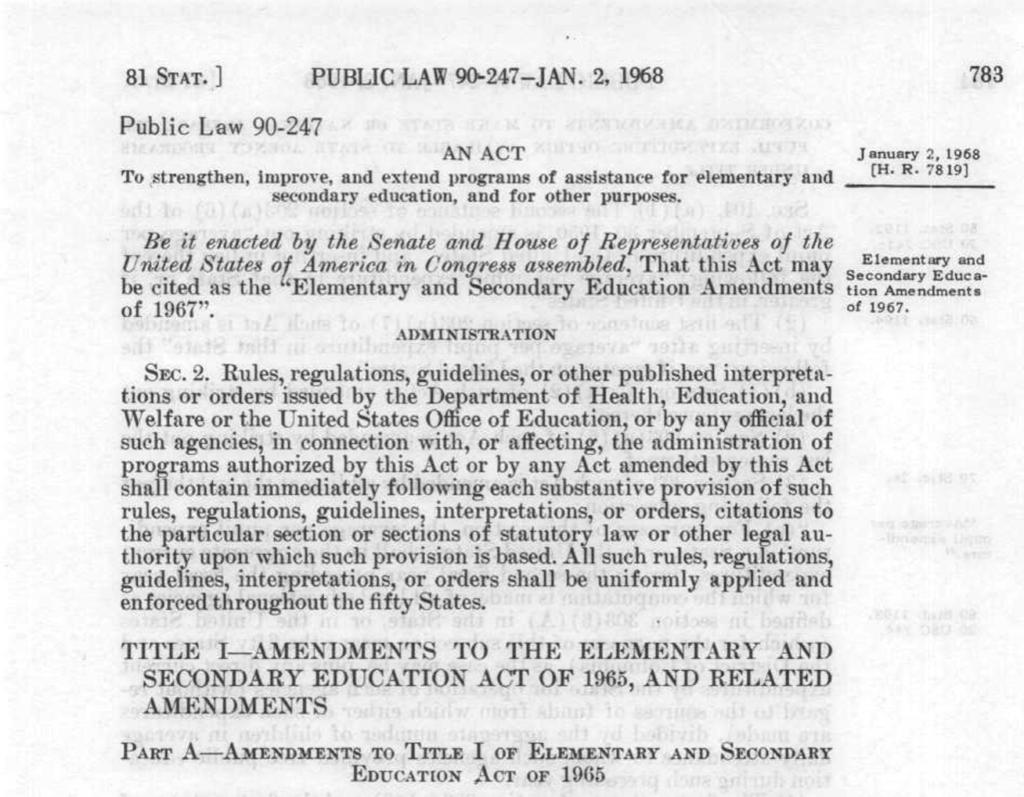
The Bilingual Education Act was passed, which provided funding for bilingual education programs in public schools. This act helped to support the use of sign language in Deaf education.

The National Association of the Deaf (NAD) is an organization run by Deaf individuals. It was founded in Cincinnati, Ohio. The organization was established to promote the rights and interests of Deaf individuals in America
One of the most pivotal events for the Deaf community in America has been the development of Deaf education. These historical figures played a significant role in the establishment of Deaf education in America.
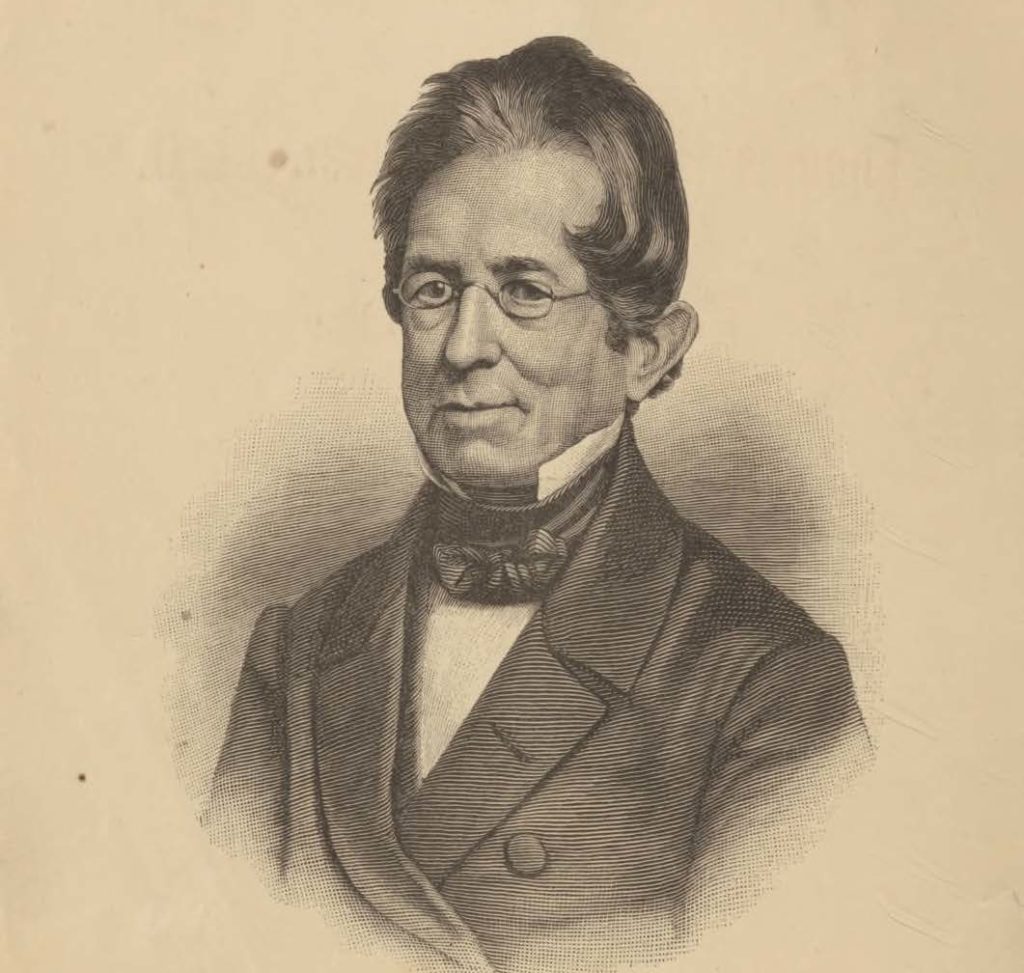
Thomas Hopkins Gallaudet
Gallaudet traveled to Europe to find a Deaf educator. He met Laurent Clerc in France and convinced him to come to America. Together they founded the American School for the Deaf.
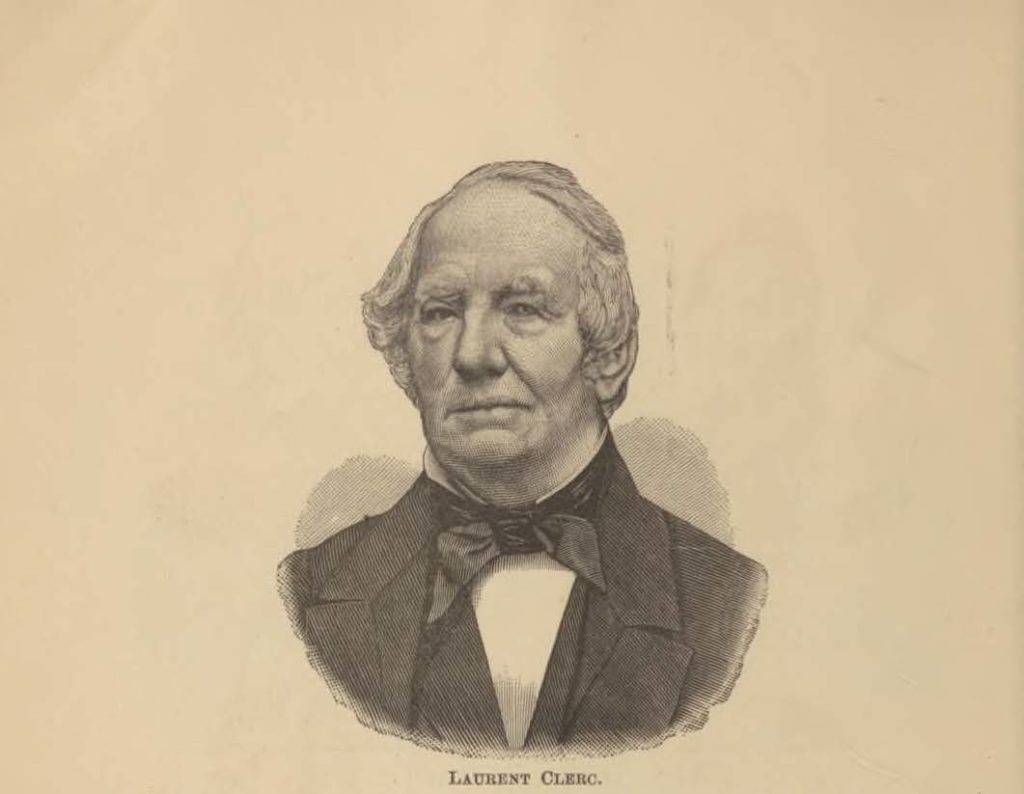
Laurent Clerc
Clerc worked as an educator at a Deaf school in France. He came to America after meeting Gallaudet and co-founded the American School for the Deaf. He is known as the first Deaf educator in America.
Deaf history is an integral part of the broader history of human culture, and studying it helps to foster appreciation and understanding of Deaf culture and community. Learning about deaf history is crucial for promoting acceptance and inclusivity in society.
You got it!
All of these answers describe why it is important to learn Deaf history.